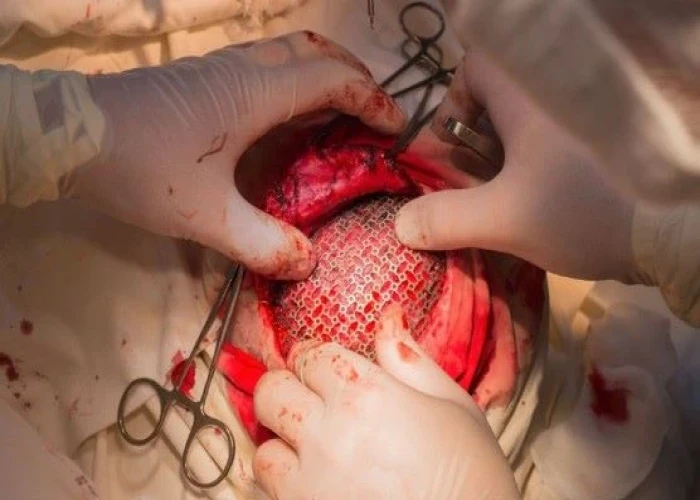 Welcome
Welcome
“May all be happy, may all be healed, may all be at peace and may no one ever suffer."
Pediatric brain tumors

Pediatric brain tumors are abnormal growths of cells that occur in the brain or spinal cord of children. These tumors are a significant cause of morbidity and mortality in children, and they can have a profound impact on their physical, cognitive, and emotional well-being.
There are many different types of pediatric brain tumors, including:
- Astrocytomas - tumors that arise from the brain's supportive cells (astrocytes)
- Medulloblastomas - tumors that arise in the cerebellum, the part of the brain that controls movement and balance
- Ependymomas - tumors that arise from the cells lining the ventricles or central canal of the spinal cord
- Craniopharyngiomas - tumors that arise near the pituitary gland, which regulates hormone production
Symptoms of pediatric brain tumors can vary depending on the location, size, and type of tumor, but may include headaches, nausea, vomiting, seizures, and changes in vision or behavior.
Treatment for pediatric brain tumors usually involves a combination of surgery, radiation therapy, and chemotherapy. The specific treatment plan depends on the type and location of the tumor, as well as the child's age and overall health.
Early detection and prompt treatment of pediatric brain tumors are essential for a positive outcome. Regular check-ups and imaging studies are important for monitoring the progress of the tumor and ensuring that any changes are detected and treated as soon as possible.
Research Papers
Disease Signs and Symptoms
- Headaches
- A fuller soft spot (fontanel) on the skull in babies
- Abrupt onset of vision problems, such as double vision
- The feeling of increased pressure in the head
- Deafness (Hearing loss)
- Memory loss
- Confusion (Hallucinations)
- Weakness and numbness in legs
- Weakness and numbness in arms
- Lose balance
- Loss of appetite
- Slurred speech
- Abnormal eye movement
- Seizures
- Double vision (diplopia)
- Nausea or vomiting
- Weakness or drooping on one side on the face
Disease Causes
Pediatric brain tumors
In most cases, the exact cause of a pediatric brain tumor is not known.
Pediatric brain tumors typically are primary brain tumors — tumors that start in the brain or in tissues close to it. Primary brain tumors begin when normal cells have errors (mutations) in their DNA. These mutations allow cells to grow and divide at increased rates and to continue living when healthy cells would die. The result is a mass of abnormal cells, which forms a tumor.
Many different types of brain tumors — which may or may not be cancerous — can occur in children.
Disease Prevents
Disease Treatments
Treatment for a pediatric brain tumor depends on the type, size and location of the tumor, as well as your child's age and overall health.
Surgery
If the brain tumor is located in a place that makes it accessible for an operation, your child's pediatric neurosurgeon will work to remove as much of the brain tumor as safely as possible.
In some cases, tumors are small and easy to separate from surrounding brain tissue, which makes complete surgical removal possible. In other cases, tumors can't be separated from surrounding tissue or they're located near sensitive areas in the brain, making surgery risky. In these situations the pediatric neurosurgeon removes as much of the tumor as possible.
Even removing a portion of the brain tumor may help reduce signs and symptoms. Surgery to remove a pediatric brain tumor carries risks, such as infection and bleeding. Other risks may depend on the part of your child's brain where the tumor is located. For instance, surgery on a tumor near nerves that connect to the eyes may carry a risk of vision loss.
Traditional radiation therapy
Radiation therapy uses high-energy beams, such as X-rays or protons, to kill tumor cells. Radiation therapy can come from a machine outside the body (external beam radiation), or, in very rare cases, radiation can be placed inside the body close to the brain tumor (brachytherapy).
External beam radiation can focus just on the area of your child's brain where the tumor is located, or it can be applied to the entire brain (whole-brain radiation). Whole-brain radiation is most often used to treat cancer that has spread to the brain from some other part of the body.
Side effects of radiation therapy depend on the type and dose of radiation your child receives. Common side effects, during or immediately following radiation, include fatigue, scalp irritation temporary hair loss and headaches. Sometimes nausea and vomiting occur, but anti-nausea medication can help control those symptoms.
Proton beam therapy
Available at only a limited number of major health care facilities in the United States, proton beam therapy delivers higher targeted doses of radiation to brain tumors, minimizing radiation exposure to nearby healthy tissue. This appears to reduce short-term and long-term side effects and reduces the chance of developing new cancers.
Proton beam therapy is especially beneficial for children with certain types of brain tumors because a child's brain is still developing and especially sensitive to the effects of even low and medium doses of radiation.
Left image: In traditional radiation therapy, X-rays (photons) travel beyond the target area, shown in red. The blue highlights areas that are exposed to radiation by photons as they go through the body. Right image: In proton beam therapy, protons can be programmed to stop at a certain depth to eliminate unnecessary radiation exposure to other parts of the body.
Radiosurgery
Stereotactic radiosurgery uses multiple beams of radiation to give a highly focused form of radiation treatment to kill the tumor cells in a very small area. Each beam of radiation isn't particularly powerful, but the point where all the beams meet — at the brain tumor — receives a very large dose of radiation to kill the tumor cells.
There are different types of technology used in radiosurgery to deliver radiation to treat brain tumors, such as a Gamma Knife or linear accelerator (LINAC). Radiosurgery is typically done in one treatment, and in most cases your child can go home the same day.
Chemotherapy
Chemotherapy uses drugs to kill tumor cells. Although the drugs can be taken orally in pill form, in children with pediatric brain tumors the drugs are usually injected into a vein (intravenous chemotherapy). Many chemotherapy drugs are available, and options depend on the type of cancer.
Chemotherapy side effects depend on the type and dose of drugs. General side effects of chemotherapy include nausea, vomiting, temporary hair loss and reduced production of blood cells (myelosuppression).
Targeted drug therapy
Targeted drug treatments focus on specific abnormalities present within cancer cells. By blocking these abnormalities, targeted drug treatments can cause cancer cells to die.
For example, one targeted drug therapy used to treat a type of brain cancer called a low-grade glioma is bevacizumab (Avastin). This drug, given through a vein (intravenously), stops the formation of new blood vessels, cutting off blood supply to a tumor and killing the tumor cells.
Drugs such as dabrafenib, vemurafenib, trametinib, everolimus and various other drugs are currently being used to treat brain tumors if the molecular target is identified in the tumor.
With better understanding of the molecular basis for tumor formation, there are several clinical trials underway using targeted drug therapy.
Rehabilitation after treatment
Because brain tumors can develop in parts of the brain that control motor skills, speech, vision and thinking, rehabilitation may be a necessary part of recovery. Your doctor may refer you to services that can help your child, such as:
- Physical therapy to help your child regain lost motor skills or muscle strength
- Occupational therapy to help your child get back to daily activities
- Speech therapy if your child has difficulty speaking
- Tutoring if your school-age child needs help to cope with changes in memory and thinking after a brain tumor
Disease Diagnoses
Disease Allopathic Generics
Disease Ayurvedic Generics
Disease Homeopathic Generics
Disease yoga
Pediatric brain tumors and Learn More about Diseases
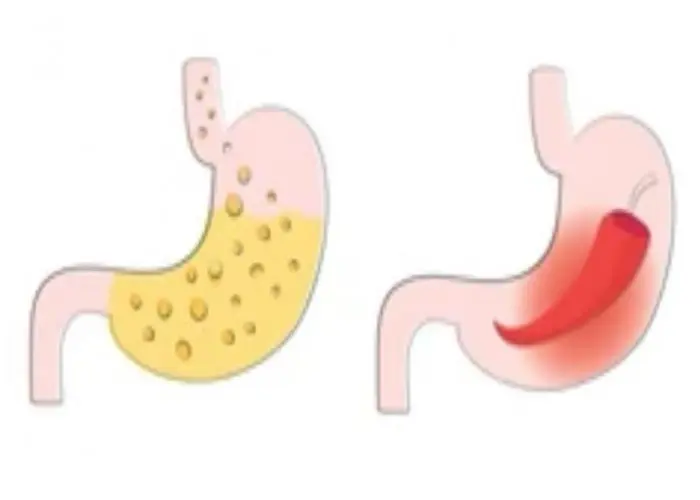
Bile reflux
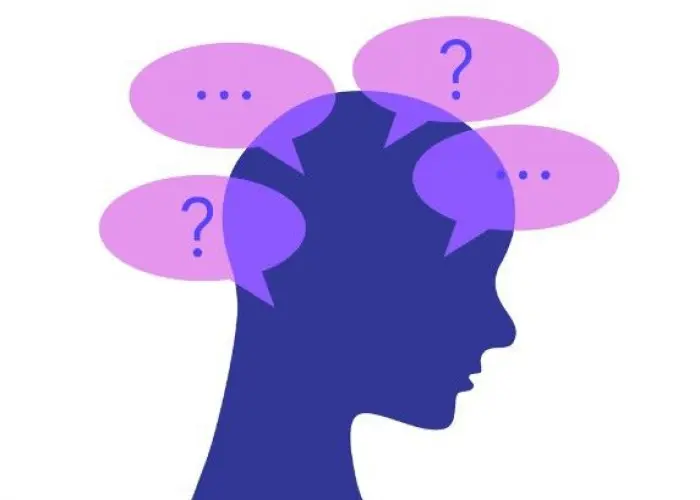
Generalized anxiety disorder
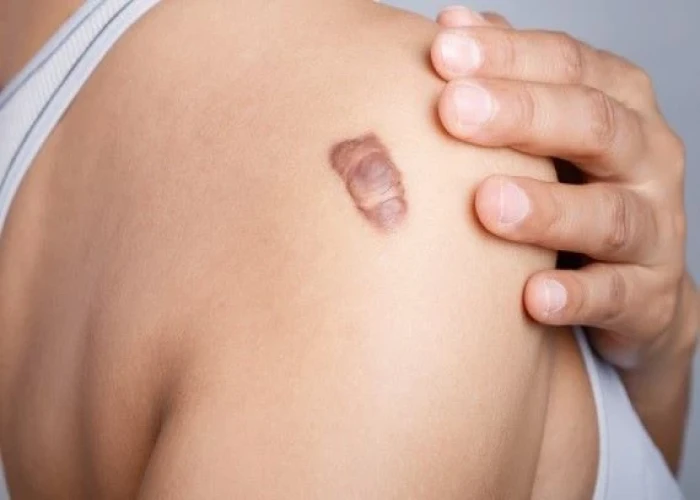
Keloid scar

Trichinosis
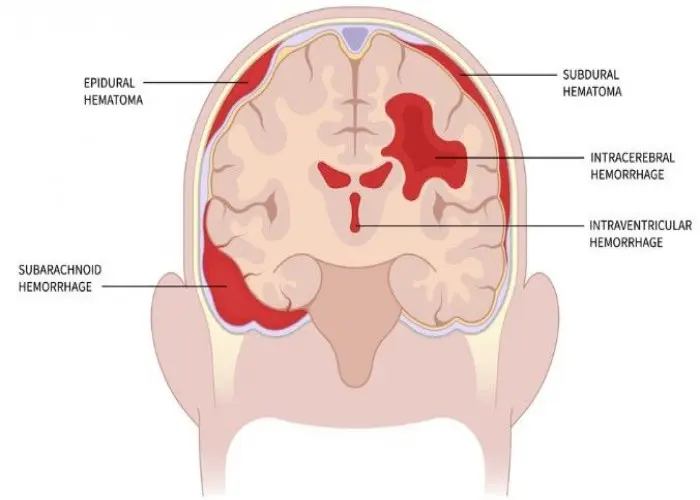
Intracranial hematoma

X-linked agammaglobulinemia
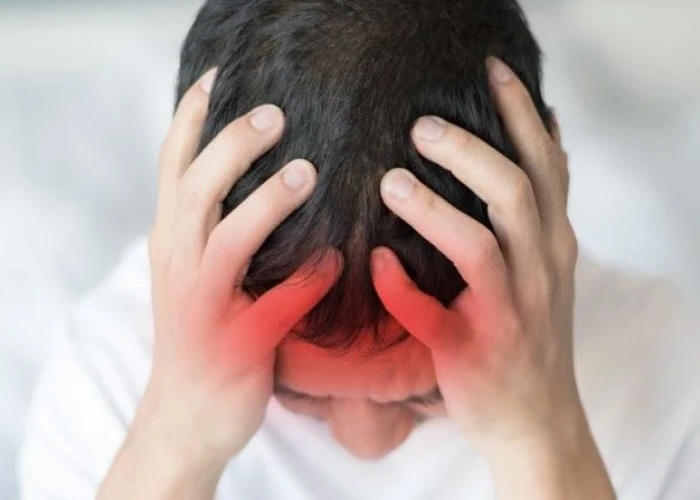
Moyamoya disease

Eating disorders
pediatric brain tumors, পেডিয়াট্রিক ব্রেন টিউমার
To be happy, beautiful, healthy, wealthy, hale and long-lived stay with DM3S.
